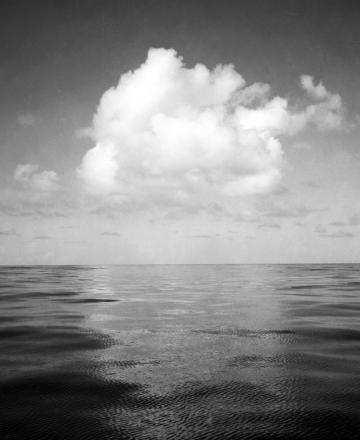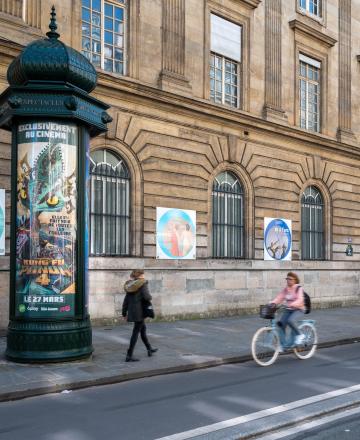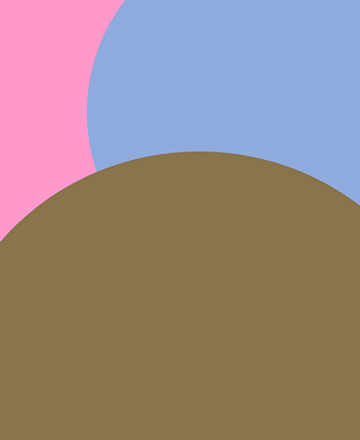A higher education institution in the heart of the Palais du Louvre
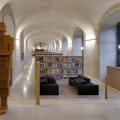
Students
Follow the diploma course at the École du Louvre, prepare for the competitive examinations for heritage curators and heritage restorers
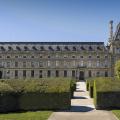
Free listeners
Take courses at the École du Louvre à la carte in my spare time.
News and diary
The School of the Eye, Museums and Art Worlds
Our teaching methods
Since it was founded in 1882, the École du Louvre has developed a unique and original teaching model that contributes to its identity and reputation.
Our diplomas
The École du Louvre offers a number of diplomas for its students.
Our history
The École du Louvre is a higher education establishment of the Ministry of Culture, founded in 1882 and located in Paris, in the heart of the Palais du Louvre.
School exhibition
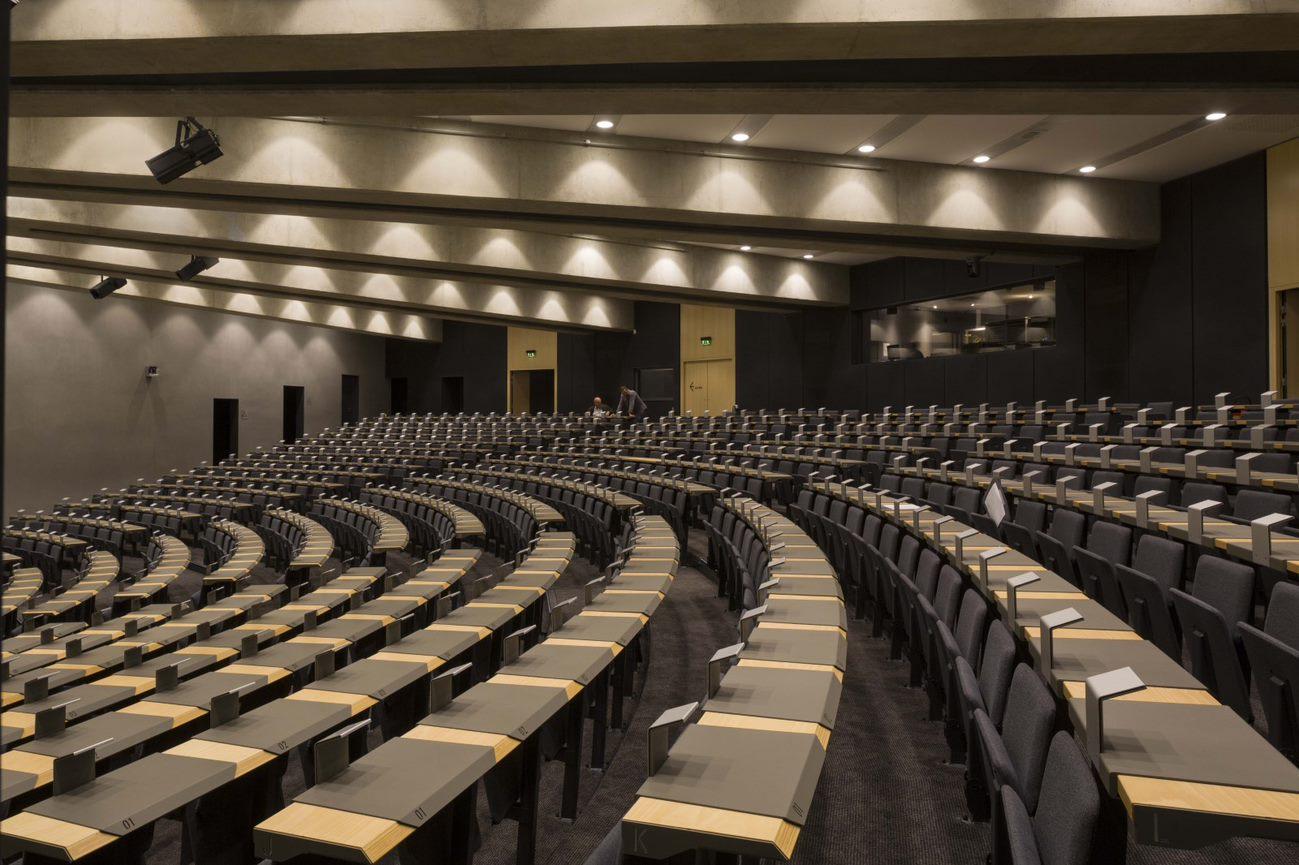
The École du Louvre experience
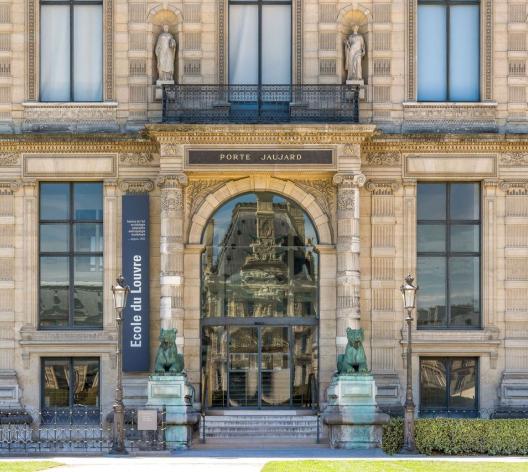
Supporting the school
Supporting the École du Louvre means becoming associated with this unique educational and cultural programme; it means committing to a strong educational project, for the benefit of the study, knowledge, conservation and dissemination of art and heritage.

